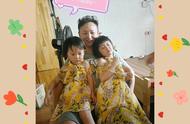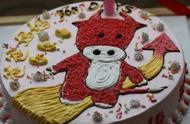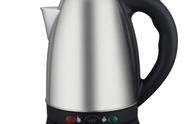1. 描述动物外形特征的句型

(1)课文应用:
It's so tall!
It's short and fat!
(2)句型结构:
It's+so+形容词(big/small/tall/short/cute
...).
It's+形容词+and+形容词.
【解析】此句型用于描述动物的外形特征。It意为“它”,指代前面描述的那个动物;so意为“这么;那么;如此”,通常表示感叹。当要描述两个特征时,则用and把两个形容词连接起来,意为“既……又……”。
【例句】
(1)Look at the panda. It's so cute!
看这只熊猫。它是那么可爱!
(2)It's a bird. It's so small!
它是一只小鸟。它好小呀!
(3)Look at that tiger. It's big and fat.
看那只老虎。它又大又胖。
【拓展】当描述的动物是复数时,用句型“They are+形容词.”来描述。
【例句】
Look at the elephants. They are so big!
看这些大象。它们是那么大!
2. 描述动物外貌特征的句型

(1)课文应用:
It has a long nose.
It has small eyes and big ears.
(2)句型结构:
It has a/an+形容词+身体部位(单数).
It has+形容词+身体部位(复数).
【解析】“It has...”用来描述动物的外貌特征,意为“它有……”,has是have的第三人称单数形式,后面可加表示身体部位的名词。如是单数名词,前面加a/an;如是复数名词,则要用复数形式。
【例句】
(1)It has a short tail.
它有一条短尾巴。
(2)It has a long nose and two big ears.
它有一个长鼻子和两只大耳朵。
(3)It has a small head, a big body and two long legs.
它有一个小小的头、一个大大的身体和两条长腿。
3. 招呼他人来身边的句型

课文应用:Come here, children!
【解析】come here意为“到这儿来”,后面可加上名字,使招呼的对象更明确。children是child的复数形式,指的是两个以上的孩子。在此句型中,人名也可放在前面。
【例句】
Come here, Sarah. / Sarah, come here.
到这儿来,萨拉。
【拓展】当具体表达“来某个地方”时,要用“come to+地方”,to不可以省略。come here省略了to是因为here是副词。
【例句】
Come to China, Lily.
莉莉,到中国来吧。















